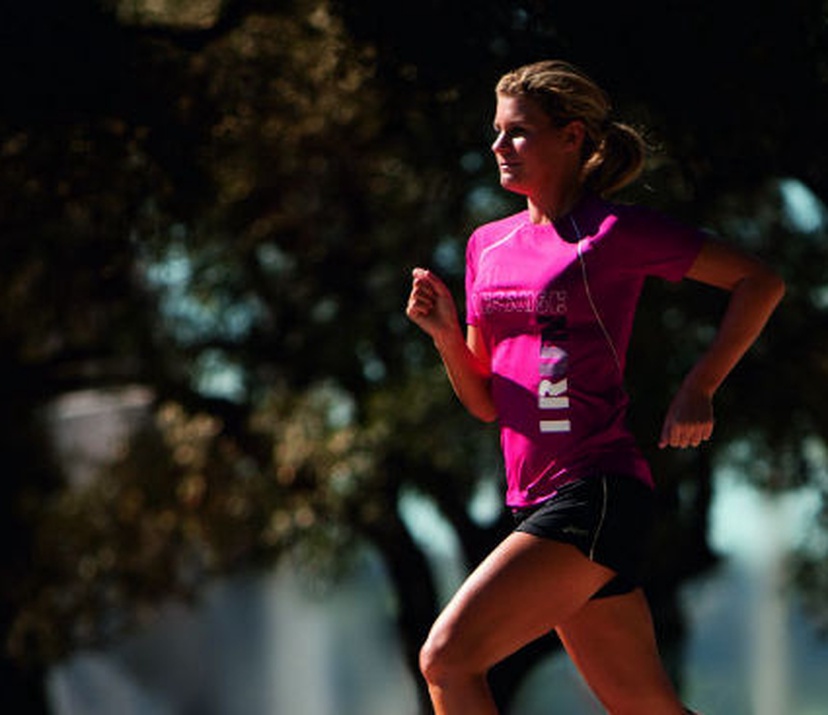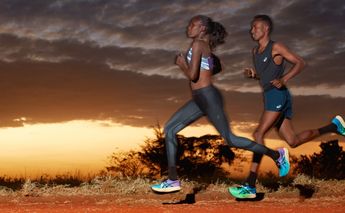Natural running offers more freedom and a more natural ride when you run. For many runners this comes as a revelation, but it pays to start out carefully. Here are some practical advice to help you get started.
Do: start out gently
Your natural running shoes are designed for a more lightweight, flexible and responsive running experience. This means they contain less cushioning and support, and so out more strain on your foot muscles and tendons.
Especially during your first sessions, your calf muscles and Achilles tendons will be subjected to greater stress. After a while they’ll adapt and get stronger, and this will also benefit your ‘regular’ running.
When you begin running naturally, make sure you:
- Start out gently – with three to four kilometres per session or per week
- Remember that each kilometre is biomechanically equivalent to around two kilometres in your usual running shoes
- The lower the heel drop and midsole level of your natural running shoe, the better your training condition needs to be
What is natural running? Learn about the basics
Do: add some variation
Natural running is best seen as one part of a varied training regime. Some people equate natural running with low heel drop shoes, but we prefer to think it’s much more important to create variation in your training, routes, surfaces and shoes.
Use natural running to create variation in your training, but make sure you:
- run natural no more than twice a week, or 1/3 of your weekly running load
- wear your natural running shoes for everyday wear once in a while. You’ll enjoy the comfort, and your feet will adapt more easily to the minimalist shoe concept
Discover other ways to vary your running and reduce the risk of injury
Don’t: overdo it
Natural running shoes have a lower heel drop to promote midfoot and forefoot running. However, this construction increases the tension on your Achilles tendons, and you need to be careful of overloading.
For some runners natural shoes may do more harm than good. You need to take extra care if you have:
- flat feet or are overweight
- orthopaedic inserts
- hallux rigidus (stiff big toe)
- existing Achilles tendon issues
Do: get the right shoe for you
Much like a normal running shoe, it’s important to have one that’s tailored to the way you run. ASICS offers a range of natural running shoes, from entry-level to more expert models for elite runners. To help you select the right natural shoe for you, here are three examples of what you can choose:
If you’re a casual runner...
- Training load: 1-2 sessions per week, total 16 km
- Primary shoe: GEL-NIMBUS
- Natural shoe: GEL-EXCEL33
If you’re a serious runner...
- Training load: 2-3 sessions per week, total 25 km
- Primary shoe: GT-2000
- Natural shoe: GEL-HYPER33
If you’re an elite runner...
- Training load: 4-5 sessions per week, total 70 km
- Primary shoe: GEL-DS TRAINER
- Natural shoe: GEL-LYTE33 (for men and for women)



